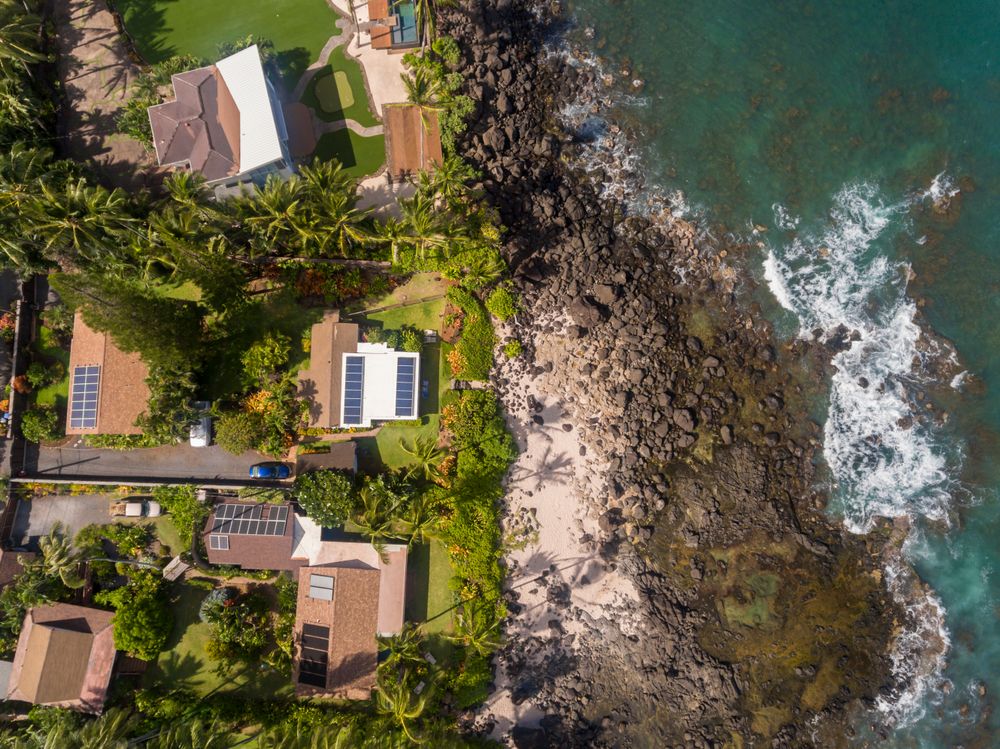
联系我们
Energy Storage: Boosting Wind Energy Integration in Hawaii's Islands
Renewable energy generation is inherently variable, which can make it difficult to maintain grid operations. This issue becomes even more pronounced in island settings. To address this, Hawaiian utilities have established strict requirements for renewable energy projects seeking interconnection. Energy storage has emerged as a crucial solution to meet these requirements and strike a balance between harnessing variable energy resources like wind and solar power while maintaining a stable, reliable, and robust grid.
The Challenge of Renewable Generation Integration
Integrating renewable energy into the electricity grid, particularly in island nations like Hawaii, comes with its own set of challenges. While renewable sources, such as wind and solar power, offer immense environmental benefits, their variable nature poses grid stability issues. Traditional power generation relies on a steady and predictable output, which makes it easier to manage the flow of electricity and maintain grid reliability.
However, renewable energy sources fluctuate depending on weather conditions, time of day, and other external factors. Without careful planning, this variability can lead to imbalances in the grid, impacting stability, availability, and power quality. For islands heavily reliant on imported fuels, ensuring a smooth transition to renewable energy becomes paramount.
A Key Role for Energy Storage
To address the challenge of integrating renewable generation, Hawaii has recognized the potential of energy storage systems. Energy storage offers a way to capture excess renewable energy during periods of high generation and store it for later use when generation is low or demand is high. By acting as a buffer, energy storage helps to balance fluctuations in the grid, effectively integrating renewable resources without compromising system stability.
Energy storage systems store electricity in various forms, such as batteries, pumped hydro, compressed air, or flywheels, and release it when needed. These systems can respond rapidly to fluctuations in supply and demand, providing grid operators with a valuable tool to maintain stability and manage intermittent renewable generation.
Advantages of Energy Storage
Integrating energy storage into the grid brings numerous benefits, especially in island settings like Hawaii. By leveraging energy storage, the state can:
- Ensure Grid Resilience: Energy storage enhances the resilience of the electricity grid by providing a backup power source during outages or disruptions. In the event of a natural disaster or system failure, energy storage systems can kick in and deliver electricity to critical facilities, ensuring essential services remain operational.
- Smooth Intermittency: The variable nature of renewable generation can be challenging for grid operators to manage in real time. Energy storage mitigates the impact of intermittent generation by storing excess energy and releasing it when needed. This helps stabilize the grid and ensures a more consistent and reliable power supply.
- Demand Response: Energy storage enables demand response capabilities, allowing grid operators to manage peak demand periods more efficiently. By storing electricity during off-peak hours and discharging it during high-demand periods, energy storage systems can reduce strain on the grid and prevent blackouts or brownouts.
- Cost Savings: Energy storage can lead to significant cost savings by optimizing the utilization of renewable energy resources. By storing excess energy, island nations like Hawaii can reduce their dependence on imported fuels and lower their overall energy expenses. Additionally, energy storage systems can defer the need for costly grid infrastructure upgrades, further driving economic benefits.
Conclusion
As Hawaii strives to reduce its reliance on imported fuels and increase its renewable energy capacity, the integration of energy storage systems presents a critical opportunity. By leveraging energy storage, the state can overcome the challenges associated with variable renewable generation and ensure a stable, reliable, and robust grid. Furthermore, energy storage systems bring a range of advantages, including grid resilience, smooth intermittency, demand response capabilities, and cost savings. Through strategic investments in energy storage, Hawaii can establish itself as a leader in renewable energy integration and make significant strides toward its ambitious renewable energy targets.
For more relevant information, subscribe to ACE Battery.
如果您有任何疑问,我们的专家将与您联系!

